Horrifying and tragic – the Turkish / Syrian earthquakes have been a steadily growing, unfolding disaster for the last week. Totals of 200 dead initially were obviously a sad underestimate – growing daily, or hourly, it has gone to 500, then 1000, 2000, 4000, 8000, and today they’re talking 11,000 – and there will no doubt be more. My heart goes out to them – the lives of thousands ruined for ever.
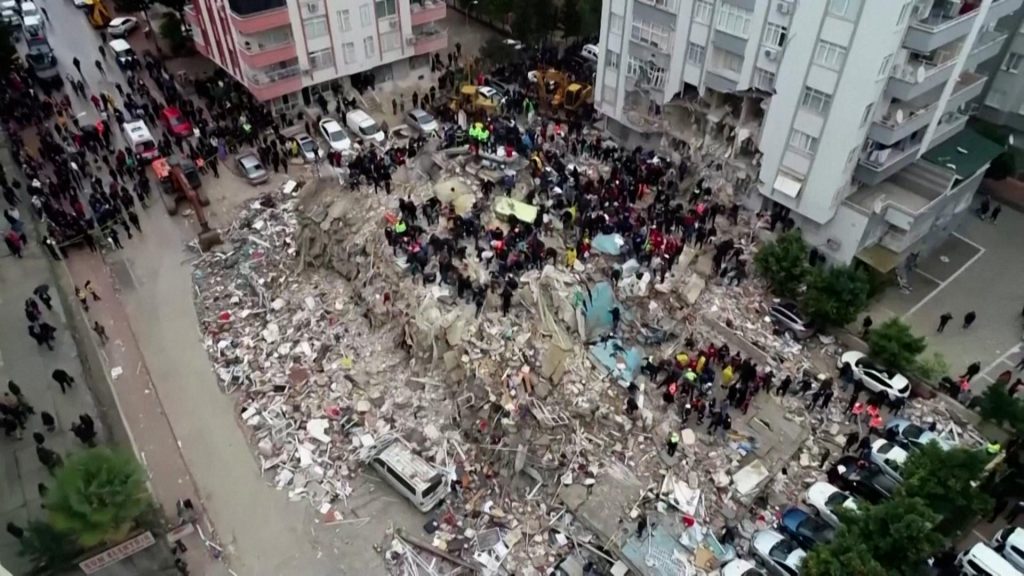
What is sadly obvious so far is how poorly built the buildings are – despite the multi-storey apartment living, there is a drastic and equally tragic lack of reinforcing steel within their concrete floors and walls. It is not a phenomenon just restricted to Turkey or Syria though – most of the world cannot afford the steel costs of a fully (properly) reinforced building. I read a report recently that multi-storey buildings in Brazil had something like 40% less steel than one of an equivalent size in the USA. Its not just because ‘Murica likes a heavier building – presumably it is a lesser standard of building code – or possibly because of lower inspection standards.

Where does NuZild sit on this range of Code quality I wonder? I would suspect that we (NZ) would have a standard as good as America – and hopefully the equal or better of California in particular. I know that we are not as good as Japan though. But one thing is for sure – we certainly would have more steel reinforcing in our buildings – although that still didn’t save buildings in Canterbury. It is a hard position to get right – not enough and the building collapses, too much and the developer goes bankrupt. Have a look at this cross section through a building from Adana, where much of the building has just sheared off completely. Their flooring system looks like a hollow core solution, but I suspect that it is that prefabricated blocks system that the Europeans and Middle East like so much – often terracotta hollow blocks, but here they are obviously just air and a thin skin of concrete, now sadly and simply returned to dust.
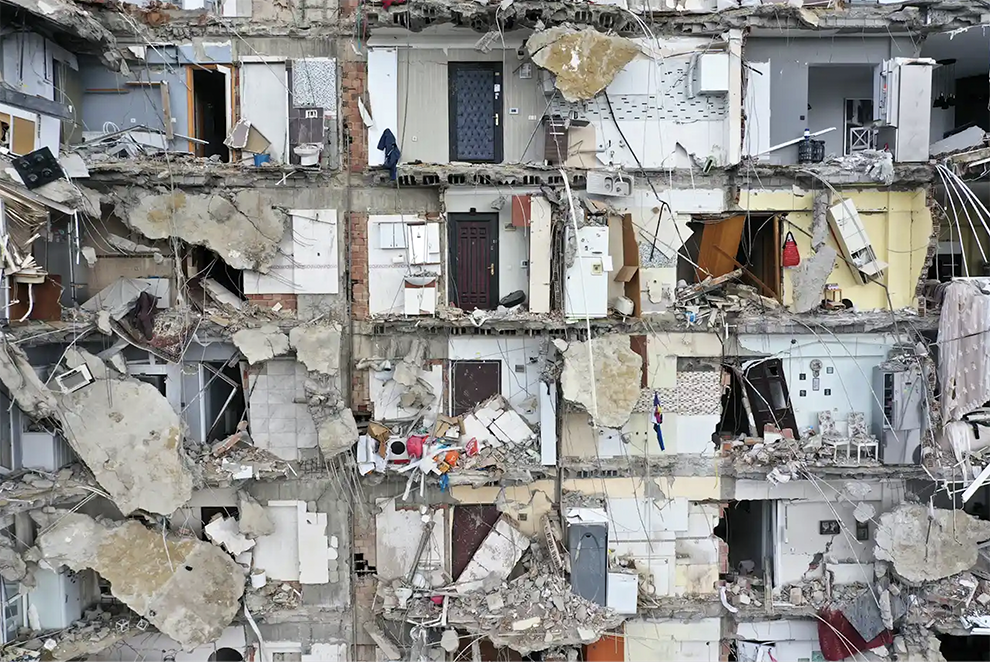
Their rebuild needs to be so much better. I hope they can afford to learn.
It would be good, of course, if they could rebuild with base isolation and all the latest things like that, but I guess we already know that is not going to happen. But maybe they could be constructed from CLT – which works well for apartments, or so I’m told. Let’s hope that they can use that system to rebuild. And some damn good structural engineers.

Post-script: added Monday 13 Feb 2023 – I’ve linked in a couple of extra photos after here from the source that Starkive posted, which illustrate something that I find fascinating. Many years ago I had a friend who did a study on the potential outcomes of an earthquake in Wellington, and his research led him to believe that in the even of “the big one” in the capital, there would be thousands of deaths from broken glass cascading into the streets from all the high rises. Rather concerned, he left town and has never been back. But, to counter that, and perhaps to prove him wrong, have a look at these next two pictures – the first from Iskenderun, where a brand new building has had most of the building shear right off and collapse, leaving behind a thin sliver of facade (possibly / probably the core toilets?) – all of which still have the window glass intact.
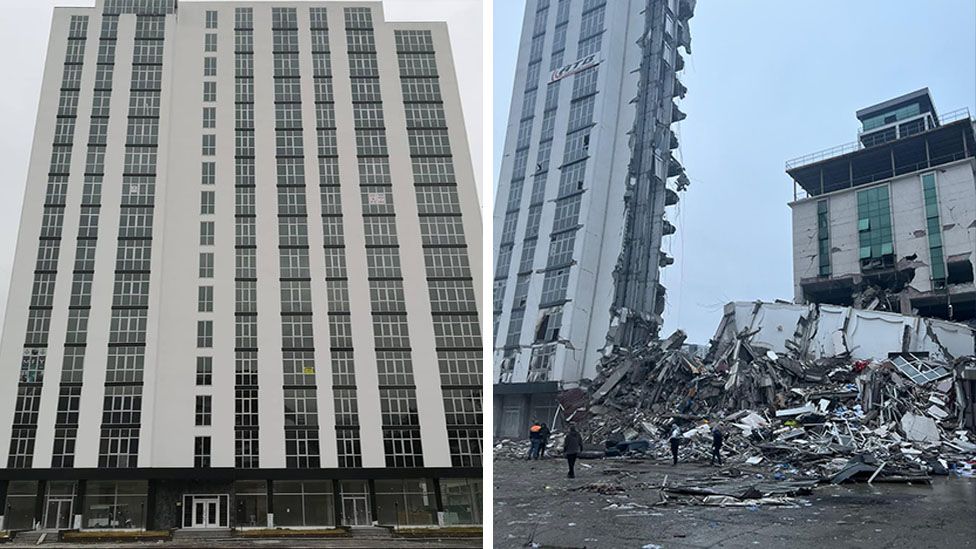
The second picture is from Antakya, where a building called Guclu Bahce has collapsed completely, pancaking with obviously all the columns failing – but the glazing on the balconies surviving the trip down to the ground with hardly a scratch, despite the floor plate probably flexing quite a bit on the way down.
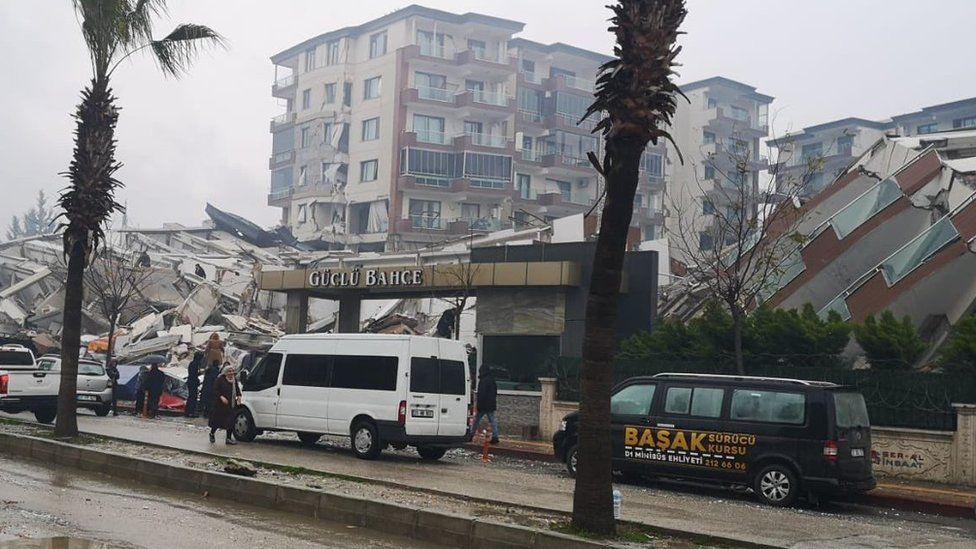
I’m given to suspect that the issue that kills the most people in earthquakes is not window glass, but basic column dynamics. Soft storey design (look at that building in Iskenderun!!) means that the ground floor has collapsed due to insufficient stiffness. But the other thing to be aware of – hyper aware – is of course the frequency of the ground waves and the quality of the ground beneath the foundations. The Turkish/Syrian quake was relatively shallow (6km below the surface?) and as we know bitterly from buildings about the same size in Wellington, when the soil is more fluid (eg reclaimed land), the effects can resonate on a certain size building and not other sizes.
Despite years of people saying the 2-3 storey heritage buildings in Cuba Street would be the first to go, in fact it was the six-storey buildings in Wellington that went down the plug hole – Defense House, Stats building, ICI house, that stupid carpark building near Courtenay Place, and a handful of others about the same size – undone by their own natural frequency. Once more we come back to the key point of seismic survival – more, better bracing needed, stronger columns, and if you can afford it, use base isolation ! Undoubtedly there will be corruption in the Turkish quake situation, it seems, given that arrests are already happening – although here we prefer not to arrest, but instead just write endless reports and talk a lot.

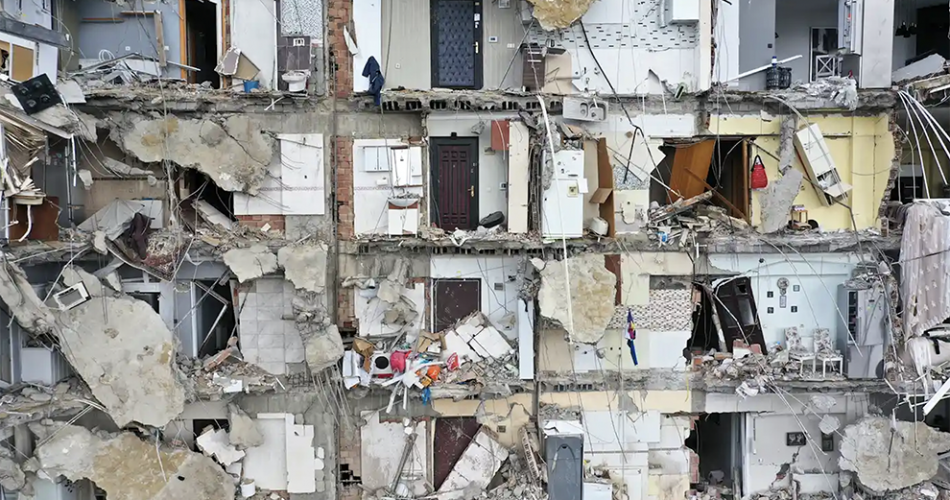

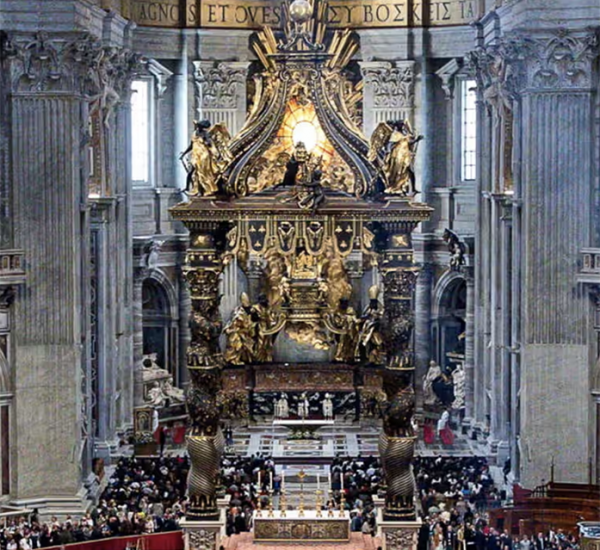
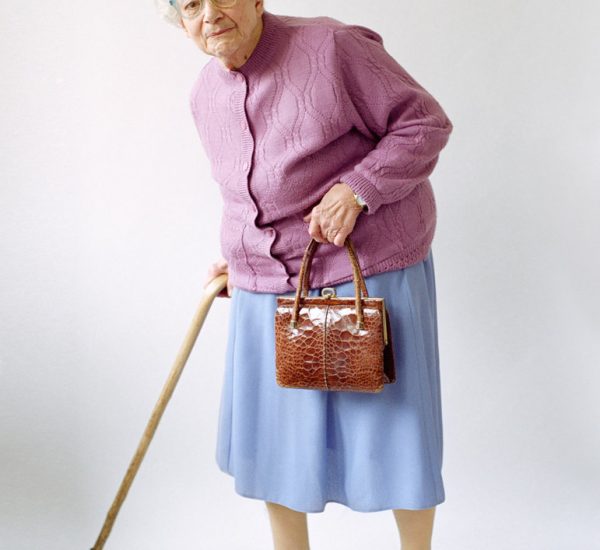
The death toll is still doubling almost daily. They are reporting 21,000 today.
All of which is fairly staggering from a home town perspective. What was the Christchurch toll? 178 or something like that? Napier was about 250. Hard to imagine the scale of a tragedy with over 20,000 in a town/city I had never even heard before now.
Consequences…
https://www.bbc.com/news/world-middle-east-64615349
Thanks Starkive. Death toll now 33,000 – and Post-script added above.
https://www.bbc.co.uk/sounds/play/w3ct36bb
If I have linked the correct section, the reporter went through Istanbul with a local who estimated that around 65% of the buildings were built illegally
Imagine how much more crooked they are out in the provinces
Building codes are one thing, corruption is another
I recall pics of the Kobe quake in Japan with motorway onramp pier supports snapped in half showing sticks of building rubbish in the centre of the columns
We’re not immune – that Aussie arsehole who built shoddily in Chch then ran away and the whole thing fell down in the quake – Turkey and Syria have the same thing except amplified by poor govt oversight
If anyone reading this wants to be a hometown hero then y’all need a 10-ton portapower
If you see yourself lifting heavy beams off Damsels/Daves in distress and you don’t have a 20-tonne digger? This is for you
https://www.thetoolshed.co.nz/product/18137-toolshed-service-jack-porta-power-10-ton
Otherwise I think that few have commented because what the hell can you say?
That is, without sounding maudlin or glib
The truth is that this is a wall-to-wall shitshow and the fact that most of the people involved are brown-skinned with few oil reserves means that whatever the death toll is now, the news cycle will hurry down the street and try not to look at their suffering
I feel like going out and buying a porta-power right now. Only used them once – brilliant things!
You’re right about the fear of feeling maudlin or glib – I risk being both by this post, but at the same time as all the horrible tragedy, I feel we have a duty to learn as much as possible from these moments, to save future lives. The better I can make my buildings now, the longer they may last.
Amazing that the Japanese also suffer from shoddy / incompetent workers. I thought that they would have a much better control over there. But, you get it everywhere. I remember attending a lecture years ago at Arch school, where the old codger taking the class showed us images of what they found in the joints between the prefab panels in the Ronan Point debacle – instead of the best, strongest concrete at the junction, they found sawdust and old newspapers, covered over by a skim coat of plaster cement.
I hadn’t heard of Ronan Point before but the wiki read was really interesting, it sounds like a narrow squeak to drop the whole thing before it blew over